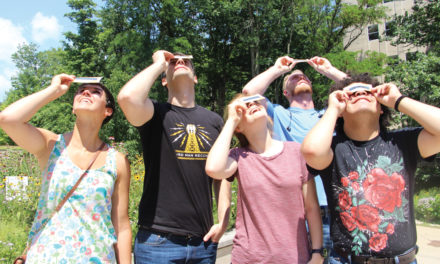
The COVID-19 pandemic has profoundly affected our day-to-day lives. It may be influencing citizen science, too. Case in point? During lockdown periods, there were fewer cars on the road and less traffic noise as a result. Those quieter streets actually helped to put nature—especially birds— back on our collective radar.
People increasingly noticed birds and their accompanying songs, which sounded louder in the quiet. As Elizabeth P. Derryberry and colleagues, writing in September 2020’s Science magazine, noted, “Despite a reduction in song amplitude, communication distance more than doubled during the shutdown, further indicating the impact of noise pollution on communication during normal conditions.”
The signal-to-noise ratio also doubled in relative energy. In other words? With less background noise cluttering up the soundscape, the “signal”—in this case the birds’ calls—had more oomph. “A doubling [in the signal-to-noise ratio] would allow people to hear birds at twice the previous distance, or effectively four times more birds than usual,” the authors explain.
And a recent study in The International Journal of Environmental Research and Public Health suggests the pandemic has also affected the behavior of birdwatchers. For instance, people are birding closer to home, and former “weekend warriors” now birdwatch all week.
For those interested in giving it a try, the Great Backyard Bird Count is a birding census project about to take flight. For at least 15 minutes between February 12 and 15, participants count the number and types of birds appearing in their own yards. Researchers use the pooled data to track the range and abundance of different bird species in near real-time.
Rather not be confined to a specific birding period or location? You can enter your birding results via eBird—an online data collection portal—24/7. To start, visit ebird.org/home, create an account, and complete the “eBird Essentials Course.”















